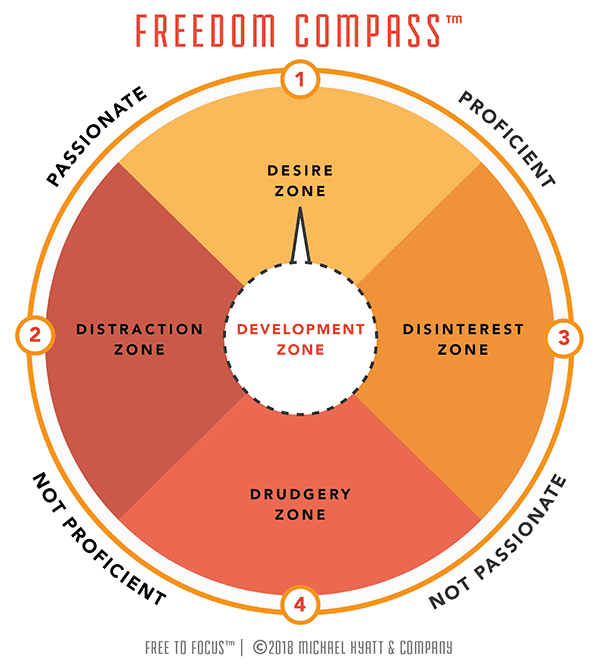Fri, 29 September 2023
Chapter 5 – Automate: Subtract Yourself from the EquationThe 4 types of automation:
We also discuss how I've been using AI tools like ChatGPT in my daily life to help automate tasks. To streamline your tasks, mark candidates for automation and pick one to tackle today. |
Fri, 22 September 2023
Chapter 4 – Eliminate: Flex Your “No” MuscleIf we want to be free to focus, we must eliminate everything standing in our way. That doesn’t mean simply saying no to a lot of bad ideas; it also means turning down a ton of good ideas. Time is a zero-sum game. Every yes inherently contains a no. Everything outside your Desire Zone is a possible candidate for elimination. The yes-no-yes strategy to give a “positive no”:
How to renegotiate existing commitments:
How to create a Not-To-Do List:
|
Fri, 15 September 2023
Chapter 3 – Rejuvenate: Reenergize Your Mind and BodyTime is fixed, but energy can flex. There’s an inverse relationship between productivity and time. The more hours you work, the less productive you’ll be. The 7 practices to renew energy:
|
Fri, 8 September 2023
Chapter 2 – Evaluate: Determine Your CourseYou can evaluate tasks, activities, and opportunities based on two key criteria:
To determine where you are right now use a tool called the Freedom Compass.  The 5 Zones of Productivity:
True productivity is about doing more of what is in your Desire Zone and less of everything else. |
Fri, 1 September 2023
Chapter 1 – Formulate: Decide What You WantTrue productivity starts with being clear on what you truly want. The objective of productivity shouldn’t be efficiency or success, but freedom. Productivity should ultimately give you back more time, not require more of you. Freedom to:
You should design your life first and then tailor work to meet your lifestyle objectives. Formulate your vision for what fewer, more productive work hours could make possible for you. How to formulate your productivity vision:
|
First Things

Categories
generalPodcast Episodes
Archives
MarchFebruary
January
December
November
October
September
August
July
June
May
April
March
February
January
July
June
May
April
March
February
June
May
April
March
January
December
November
October
March
February
January
December
November
October
September
August
July
June
May
April
March
February
January
December
November
October
September
August
| S | M | T | W | T | F | S |
|---|---|---|---|---|---|---|
| 1 | 2 | |||||
| 3 | 4 | 5 | 6 | 7 | 8 | 9 |
| 10 | 11 | 12 | 13 | 14 | 15 | 16 |
| 17 | 18 | 19 | 20 | 21 | 22 | 23 |
| 24 | 25 | 26 | 27 | 28 | 29 | 30 |
Syndication

